Are you striving for a healthier lifestyle? Seeking the key to unlocking optimal health? If so, it's crucial to understand the role of lipid levels in your overall well-being. While some causes of high lipid levels may seem obvious, there are also hidden culprits that can catch us off guard. In this blog post, we will delve into these surprising causes and provide you with effective ways to prevent them.
Commonly Known Causes of High Lipid Levels
- Genetics: Some individuals may have a genetic predisposition to high lipid levels, which means they are more likely to have elevated cholesterol and triglyceride levels regardless of their lifestyle choices.
- Unhealthy Diet: Consuming a diet high in saturated fats, trans fats, and cholesterol can contribute to increased lipid levels. These unhealthy fats are commonly found in fried foods, processed snacks, red meat, full-fat dairy products, and baked goods.
- Lack of Exercise: Leading a sedentary lifestyle can negatively impact lipid levels. Regular physical activity helps increase HDL (good) cholesterol while lowering LDL (bad) cholesterol and triglycerides
- Sedentary Lifestyle: Another factor that can contribute to high lipid levels is a sedentary lifestyle. Lack of physical activity not only leads to weight gain but also affects the body's ability to metabolize lipids properly. Regular exercise helps lower lipid levels by increasing the production of good cholesterol (HDL) and reducing bad cholesterol (LDL).
Other causes include certain medical conditions such as diabetes, hypothyroidism, kidney disease, and liver disease. Additionally, smoking and excessive alcohol consumption have been linked to elevated lipid levels.
Surprising Factors That Can Affect Lipid Levels
Stress and Anxiety
When we're stressed or anxious, our bodies release stress hormones like cortisol, which can increase the production of triglycerides and LDL cholesterol. These lipid abnormalities can lead to an imbalance in your lipid profile test results.
Sleep Deprivation
When we don't get enough quality sleep, our body's hormonal balance is disrupted. One hormone in particular, called leptin, plays a crucial role in regulating appetite and metabolism. Sleep deprivation causes a decrease in leptin levels, leading to increased hunger and cravings for unhealthy foods.
Alcohol Consumption
One of the ways alcohol affects our lipids is by increasing triglyceride levels. Triglycerides are a type of fat found in the blood and high levels can contribute to heart disease and other cardiovascular problems. Alcohol stimulates the liver to produce more triglycerides, leading to an increase in overall lipid levels.
Underlying Health Conditions
Underlying health conditions can play a significant role in causing high lipid levels. These conditions are often unexpected and may go undetected for years, leading to worsening lipid profiles over time.
One such condition is hypothyroidism, which occurs when the thyroid gland doesn't produce enough hormones. This can lead to an increase in LDL cholesterol and triglyceride levels. Another surprising condition that can affect lipid levels is polycystic ovary syndrome (PCOS), a hormonal disorder that affects women of reproductive age.
Ways to Prevent High Lipid Levels
Maintaining a healthy lifestyle is key when it comes to preventing high lipid levels. One of the most effective ways to lower your lipid levels is through diet and exercise.
Let's talk about diet. Incorporating nutrient-rich foods into your meals can have a significant impact on your lipid levels. Choose foods that are low in saturated fats and trans fats, such as lean meats, fish, fruits, vegetables, whole grains, and legumes. Avoid processed foods and sugary snacks as much as possible.
In addition to a healthy diet, regular physical activity is crucial for preventing high lipid levels. Exercise helps increase HDL cholesterol (the good kind) while decreasing LDL cholesterol (the bad kind). Aim for at least 150 minutes of moderate-intensity aerobic activity per week or 75 minutes of vigorous-intensity activity.
Aside from diet and exercise, there are other lifestyle changes you can make to lower your lipid levels. Quitting smoking not only benefits your overall health but also helps improve your lipid profile. Limit alcohol consumption as excessive drinking can raise triglyceride levels.
It's important to manage stress effectively as well since chronic stress has been associated with elevated lipids. Find relaxation techniques that work for you such as meditation or yoga.
Other Lifestyle Changes to Lower Lipid Levels
- Quit smoking: Smoking not only damages your lungs, but it also contributes to high lipid levels. By quitting smoking, you can improve your lipid profile and reduce your risk of heart disease.
- Limit alcohol consumption: Excessive alcohol intake is associated with an increase in triglyceride levels. It's important to avoid alcohol altogether if possible.
- Manage stress: Chronic stress can lead to elevated lipid levels as well as other cardiovascular risk factors such as high blood pressure and inflammation. Finding healthy ways to manage stress, such as practicing relaxation techniques or engaging in activities you enjoy, can help maintain optimal lipid levels.
- Get enough sleep: Lack of sleep has been linked to higher LDL (bad) cholesterol and triglyceride levels. Aim for seven to eight hours of quality sleep per night to support optimal health and keep lipids in check.
- Maintain a healthy weight: Being overweight or obese is often associated with abnormal lipid profiles including high total cholesterol, LDL cholesterol, and triglycerides while low HDL cholesterol levels are observed more frequently among those who are overweight or obese than among those who are normal weight individuals.
Tests Included in the Lipid Profile Test
The lipid profile test is a valuable tool for assessing an individual's risk of heart disease and other cardiovascular conditions. It provides important information about the levels of various types of lipids, including cholesterol, in the blood. Let's take a closer look at some of the tests that are included in this comprehensive analysis.
1. Total Cholesterol Test: This test measures the total amount of cholesterol present in your blood, including both HDL (good) and LDL (bad) cholesterol.
2. LDL Cholesterol Test: Low-density lipoprotein cholesterol is often referred to as "bad" cholesterol because it can build up on artery walls and contribute to blockages.
3. HDL Cholesterol Test: High-density lipoprotein cholesterol is known as "good" cholesterol because it helps remove excess LDL from the bloodstream.
4. Triglyceride Test: Elevated triglyceride levels can increase your risk of heart disease and are often associated with obesity, diabetes, and metabolic syndrome.
5. Non-HDL Cholesterol: This calculation provides a more accurate assessment of heart disease risk by subtracting HDL cholesterol from total cholesterol.
Conclusion
By being proactive about understanding the surprising causes of high lipid levels and implementing preventive measures into our daily lives we can take control over our cardiovascular health. Remember that small steps towards better habits today will lead to big rewards tomorrow!
Are you striving for a healthier lifestyle? Seeking the key to unlocking optimal health? If so, it's crucial to understand the role of lipid levels in your overall well-being. While some causes of high lipid levels may seem obvious, there are also hidden culprits that can catch us off guard. In this blog post, we will delve into these surprising causes and provide you with effective ways to prevent them.













 7982100200
7982100200

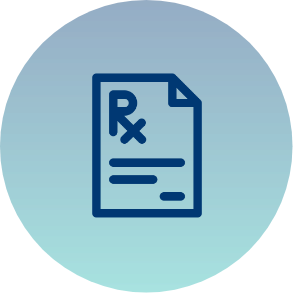

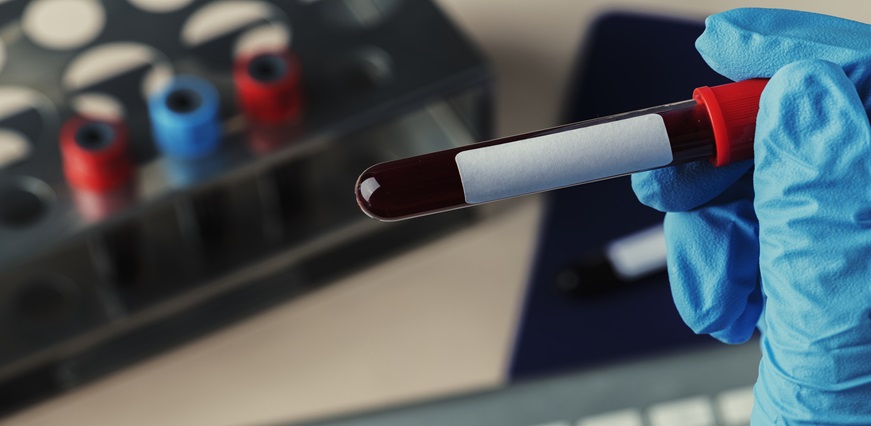

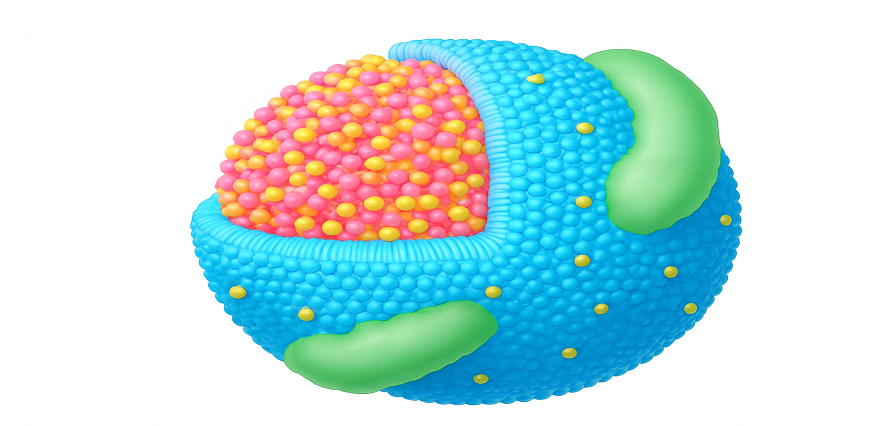
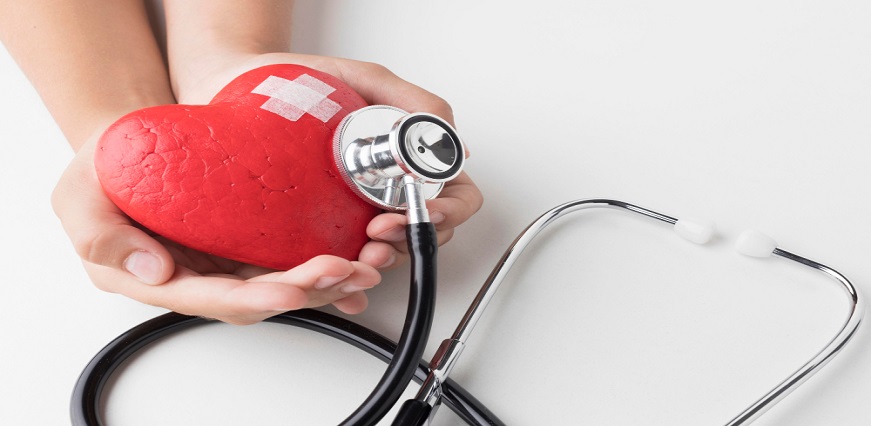

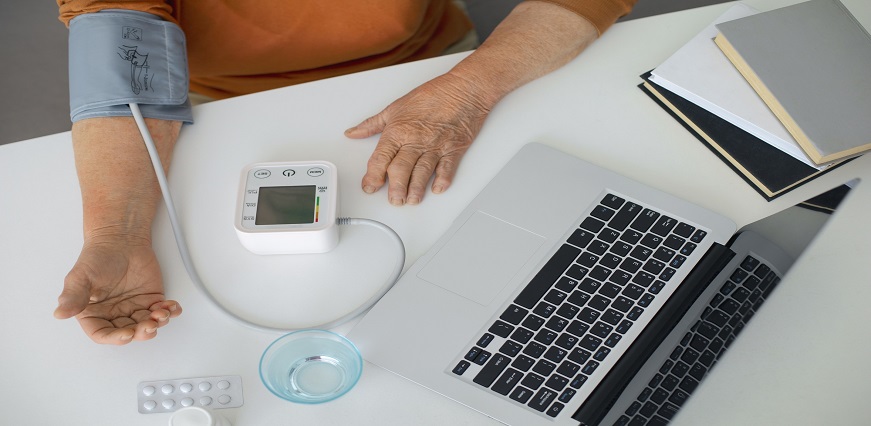
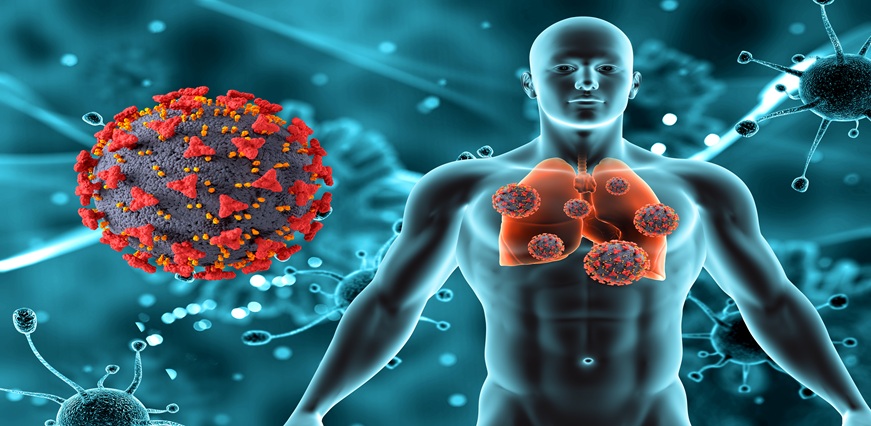
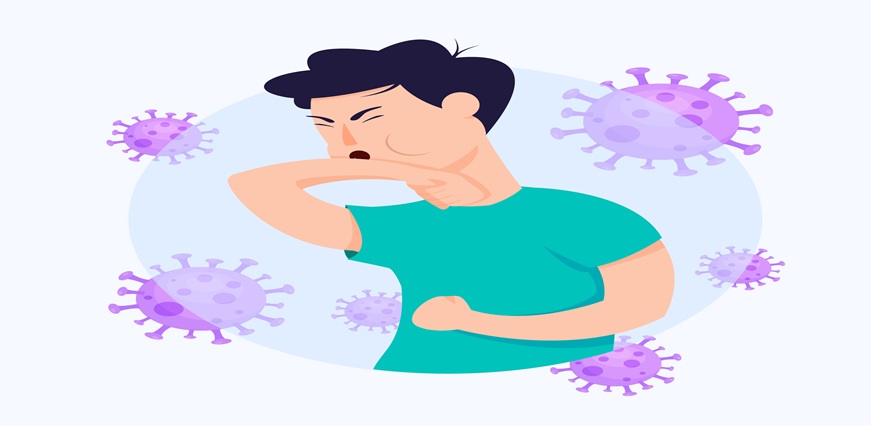


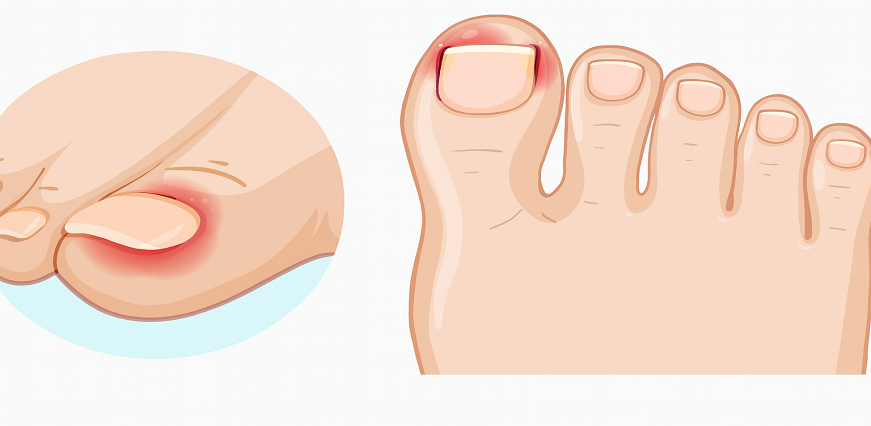









 To reach our help desk call 9213188888
To reach our help desk call 9213188888.png)
Comments